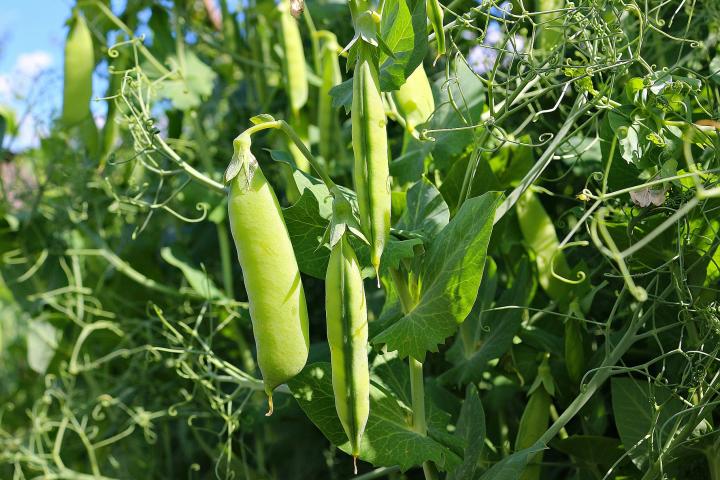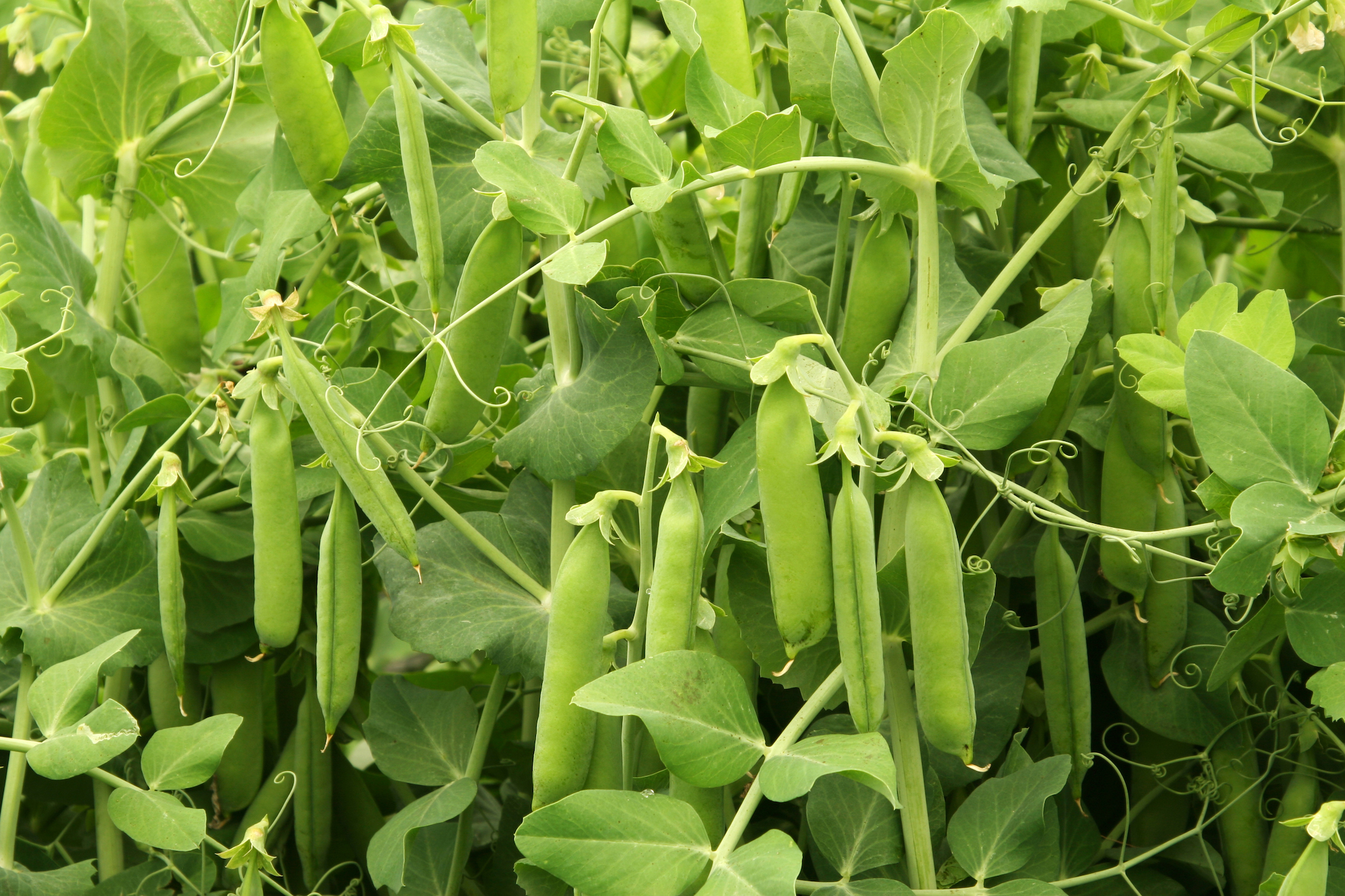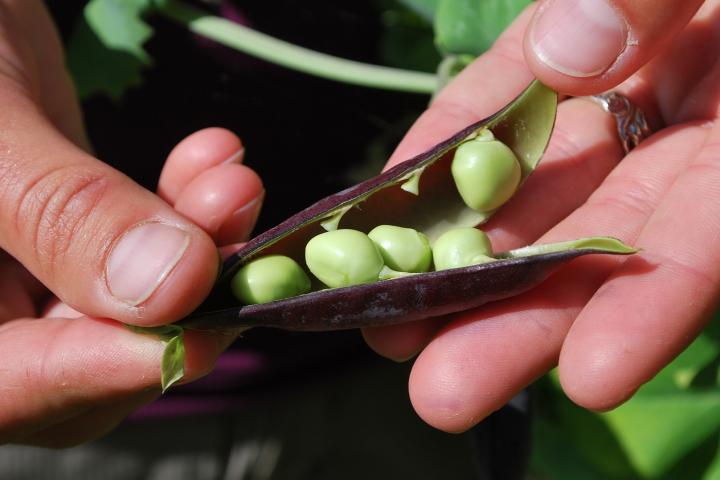
Planting, Growing, and Harvesting Peas
Ideally, use peas when freshly picked as they rapidly toughen and will lose their sweetness.
Green peas can be eaten raw as a snack or in salads. Peas are also wonderful in pasta, soup, casserole, or stir-fry, sauté. Cooking times vary greatly depending on when the green peas were harvested. Young, small ones require less cooking than older, starchy ones.
To steam, put 1 inch of water in a pot, bring to a boil, place a steaming basket in the pan, slowly add peas to the steaming basket, and cover with a lid. Steam for about 2 minutes. Or, to microwave, put 2 tablespoons of water in a microwavable dish and cover. Microwave on high, checking every 2 minutes for doneness. Add butter and salt as desired.
Interestingly, the pea tendrils are also edible! Harvest these young pea shoots when they are 12 to 18 inches out of the ground. As with peas, eat the tender shoots soon after harvesting. Add to salads or in stir-fries at the end of cooking.
ADVERTISEMENT
What about southern peas? Black eye, purple hull, etc? I know they're more a warm weather crop but what about planting by the moon??
I grow sweet peas for the flowers & peas; Bees like pea blossoms; pea blossoms are pretty~
Snow, munch, sugar snap every March. Zone7 they never make it into the house💙👍🏼
Hi, I’ve been picking my snow peas for a month now and most grew this last week. I picked a few that are developed inside but still in pod. Can I use these for planting next year? I know I should have left them on the vine. Can I let them dry and use or just eat them now?
When I studied Biology we were taught that the seeds or seed coverings (the sexual reproduction part of the plant was fruit as opposed to roots, stems and leaves. Question: Why is a pea not a fruit, but a vegetable?












Comments